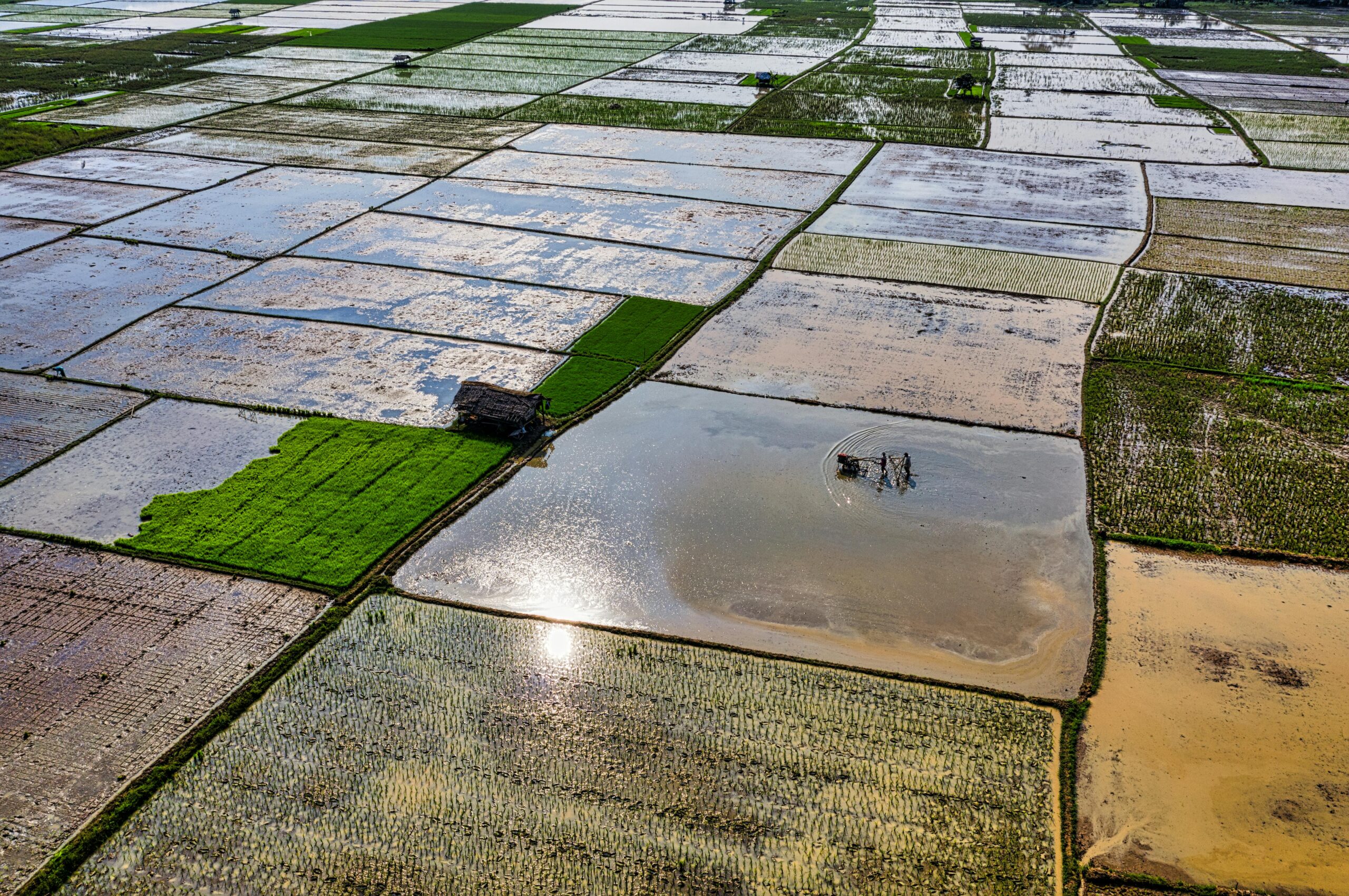Hurricanes are among the most destructive natural disasters, unleashing devastation across vast regions in mere hours. For businesses like V. Marchese, which are deeply involved in produce distribution, the repercussions of hurricanes extend far beyond the storm’s immediate path. From farm to fork, these storms disrupt every link in the supply chain, leading to delays, spoilage, and financial strain. Here, we’ll explore how hurricanes negatively impact produce distribution and the proactive measures we’re taking to minimize these effects.
1. Crop Destruction: A Major Setback
Hurricanes bring torrential rains, high winds, and flooding that can obliterate crops in key agricultural regions overnight. States like Florida and Texas, vital for producing citrus, tomatoes, and other crops, often suffer significant damage during hurricane season. USDA reports on the impact of hurricanes on agriculture. This results in shortages that ripple through the entire distribution chain, causing prices to soar and availability to shrink.
2. Transportation Disruptions:
The Chain Reaction Once produce leaves the farm, timely transportation is crucial in delivering fresh products to markets. Hurricanes can lead to road closures, port shutdowns, and flight cancellations, drastically slowing distribution. FEMA outlines transportation disruptions during natural disasters. Even after transportation resumes, backlogs and damaged infrastructure can exacerbate delays. In the fresh produce industry, time is of the essence—delays often mean that fruits and vegetables spoil before they reach their destination.
3. Supply Chain Instability:
A Ripple Effect The effects of hurricanes extend well beyond the areas they strike, disrupting national and international supply chains. Natural disasters often lead to extensive supply chain disruption. For example, when a storm hits the Gulf Coast, logistics networks across the country can be thrown into disarray. Rerouting shipments or finding alternative suppliers can incur significant costs, reducing the efficiency and reliability of produce distribution and creating unpredictable shortages.
4. Infrastructure Damage:
A Critical Vulnerability Hurricanes can also damage essential infrastructure, including storage facilities and distribution centers. This is particularly concerning for regions that rely on refrigerated storage to maintain the quality of perishable goods. When these facilities are compromised, spoilage occurs, leading to financial losses. Additionally, repairing or rebuilding these centers can take considerable time, further delaying distribution efforts.
5. Rising Costs:
The Economics of Supply and Demand Hurricanes inevitably reduce crop availability, pushing prices higher. NOAA provides insights into the economic costs of hurricanes. Increased transportation costs due to rerouting and delays, combined with heightened demand for limited produce, can cause fresh fruits and vegetables to become prohibitively expensive. This economic pressure cascades through the distribution chain, affecting everyone from wholesalers to retailers and, ultimately, consumers.
6. Labor Shortages: The Human Element
Labor is a critical component of the produce distribution process, and hurricanes can create significant workforce challenges. Evacuations, safety concerns, and road closures may prevent workers from fulfilling their roles in harvesting, transportation, and distribution. Labor shortages are often exacerbated by natural disasters. These labor shortages exacerbate delays and add even more strain to an already precarious supply chain.
How V. Marchese is Mitigating Hurricane Impacts
At V. Marchese, we recognize the importance of maintaining a reliable supply of fresh produce, even in the face of natural disasters. Ready.gov outlines preparedness steps for businesses. Here’s how we’re actively working to minimize the impact of hurricanes on our distribution:
Diversified Sourcing: We collaborate with a broad network of farms and suppliers across multiple regions. This diversification allows us to pivot quickly to unaffected areas during a hurricane, helping to ensure a steady flow of products.
Partnering with Local Suppliers: In crisis situations, we increase our reliance on local and regional suppliers who are less likely to be impacted by the storm. This strategy ensures that we can maintain supply chains even when long-distance transportation is compromised.
Continual Communication**: Transparency is key. We keep our customers informed about potential disruptions and work closely with them to find solutions. Whether it’s adjusting delivery schedules or sourcing alternatives, our commitment to clear communication helps keep business operations running smoothly.
Weathering the Storm Together
Hurricanes pose significant challenges to produce distribution… Hurricane season has a profound effect on U.S. agriculture but at V. Marchese, we are dedicated to weathering the storm and ensuring that our customers have access to fresh produce, no matter the circumstances. By leveraging advanced planning, diversifying our supply chain, and maintaining open lines of communication, we’re equipped to handle even the most severe weather events. Together, we can ensure that high-quality, fresh produce continues to reach your kitchens and shelves—regardless of the forecast.

